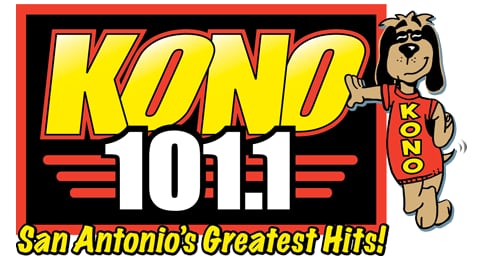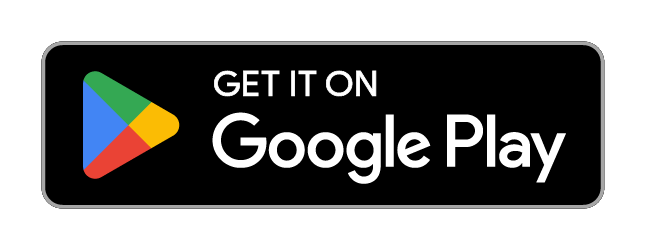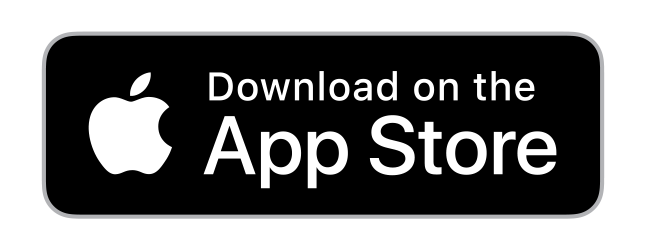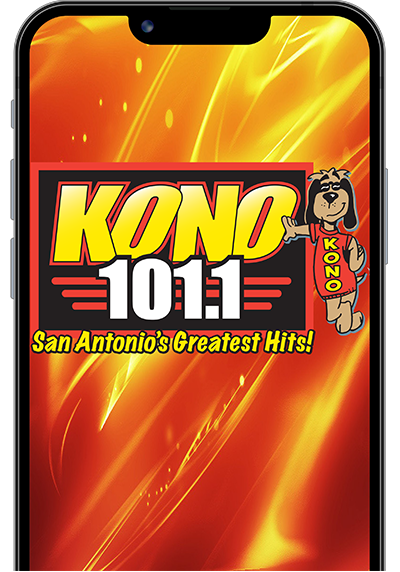Cold email templates that actually get replies
Most sales reps think cold email is broken. "Nobody reads cold emails anymore," they say.
"Email is dead."
They're wrong.
What's broken isn't the channel — it's the approach. Apollo.io analyzed thousands of cold emails sent to CEOs, founders, VPs of sales, and other executives to understand why some emails get forwarded to procurement teams while others get deleted in three seconds.
The difference isn't luck. It's science.
The 8% Rule
In this analysis of cold outreach to executives, only 8% of emails generated meaningful responses. But here's what's interesting: Those 8% followed specific, repeatable patterns that anyone can master.
The other 92% failed because they violated one or more of the six fundamental laws discovered.
The Anatomy of Executive Email Behavior
Before diving into what works, you need to understand how executives actually consume email.
The 3-Second Scan Rule
Executives spend an average of three seconds deciding whether to read, forward, or delete an email. Your subject line and first sentence determine everything.
The Mobile Reality
73% of executive email opens happen on mobile devices, usually between meetings. Your email needs to deliver value in a thumb-scroll.
The Pattern Recognition Filter
Executives have developed sophisticated mental filters for sales emails. They can spot generic templates from the first word. Personalization isn't optional — it's survival.
Email Insight #1: Subject Lines That Survive the Inbox Purge
The Data: The average subject line length in high-performing emails is 7.4 words or 49 characters.
Why It Works: It's short enough for mobile, but specific enough to create curiosity.
The Findings:
- Reference something specific: "About your Q3 product launch" beats "Quick question" by 340%.
- Use their company name: {{company_name}} in subject lines increased open rates by 23%.
- Avoid hype words: Zero high-performing emails used "revolutionary," "game-changing," or "exclusive."
High-Performing Subject Line Formulas:
- "About your [specific initiative]"
- "Quick question about [company-specific event]"
- "Noticed this at [company_name]"
- "How [peer company] solved [specific problem]"
- "[First_name], thought of [company_name] when I saw this"
Template 1: The Recent Event Hook
When To Use: The company just announced funding, new product, acquisition, or major hire.
Subject: Congrats on [specific event]
Hi {{first_name}},
Congrats on [specific event + detail that shows you read about it]. With [context related to the event], I imagine [specific challenge they're likely facing] is top of mind.
We just helped {{peer_company}} navigate something similar post-[event type] and [specific result achieved in X timeframe].
Worth a quick call to share what worked for them?
Best, {{your_name}}
Why It Works: It shows you're paying attention to their business, connects the event to a likely challenge, and provides peer proof.
Email Insight #2: Openers That Prove You've Done Your Homework
The Data: 100% of high-performing emails used {{first_name}} personalization. 67% referenced recent company news or role-specific context.
The Research Hook Formula: Start with something that shows you understand their world.
- Recent funding or acquisition
- New product launch or feature
- Executive hire or promotion
- Industry award or recognition
- Quarterly earnings or company announcement
Examples That Work:
- "Saw you just closed Series B — congrats on the $15M round."
- "Notice you're expanding into EMEA this quarter based on the recent job postings."
- "Congrats on the TechCrunch feature about your new AI capabilities."
Examples That Fail:
- "Hope this email finds you well."
- "I know you're busy, but..."
- "I came across your profile on LinkedIn."
Template 2: The Problem-First Approach
When To Use: You've identified a specific problem their company likely faces based on industry, size, or recent changes.
Subject: Quick question about [specific business area]
Hi {{first_name}},
I noticed [specific observation about their company/industry]. That's exactly what {{peer_company}} was dealing with before we helped them [specific result].
The approach we used might work for {{company_name}} too — it's pretty different from what most [their industry] companies try.
Worth a 10-minute call to walk through the strategy?
{{your_name}}
Why It Works: It leads with observation, not a pitch. It creates curiosity about the "different approach."
Email Insight #3: Value Propositions That Matter in One Sentence
The Data: High-performing emails communicated their core value in 15 words or fewer.
The Formula: We help [specific type of company] [achieve specific outcome] without [common pain point].
Strong Value Props:
- "We help SaaS companies reduce churn by 25% without changing product roadmaps."
- "We help sales teams book 40% more meetings without increasing headcount."
- "We help marketers prove ROI on demand gen spend without complex attribution models."
Weak Value Props:
- "We offer comprehensive solutions for businesses looking to grow."
- "Our platform transforms how companies approach customer engagement."
- "We leverage cutting-edge technology to drive results."
Template 3: The Peer Benchmark
When To Use: You have a strong case study from a similar company.
Subject: How [peer company] hit [specific metric]
Hi {{first_name}},
{{Peer_company}} just hit [specific achievement] using an approach that's pretty different from the standard [industry] playbook.
Based on what I know about {{company_name}}'s [specific initiative/goal], I think you could see similar results.
Want me to send over the three-minute breakdown of what they did?
{{your_name}}
Why It Works: Peer benchmarking is powerful for executives. It offers value upfront without asking for time first.
Email Insight #4: Social Proof That Borrows Trust
The Data: 78% of high-performing emails included peer company references or specific metrics.
Peer Company Strategy: Reference companies similar in size, industry, or geography.
- "We just helped [similar company] reduce their sales cycle from 90 days to 45."
- "Last month, [peer company] used our approach to hit 127% of quota."
Metric-Driven Proof: Be specific with numbers.
- "Cut onboarding time from 14 days to 3"
- "Increased qualified pipeline by 73% in 60 days"
- "Reduced customer acquisition cost by $2,400 per deal"
Mutual Connection Leverage: When possible, reference shared connections.
- "[Mutual connection] mentioned you might be interested in how we helped [their company]."
Template 4: The Industry Insight Hook
When To Use: There's a relevant industry trend or change affecting their business.
Subject: [First_name], quick thought on [industry trend]
Hi {{first_name}},
You've probably seen [industry trend/change] affecting [their industry]. Most companies are responding by [common approach], but there's actually a better way.
We helped {{peer_company}} turn this exact challenge into a competitive advantage — [specific result in timeframe].
Curious if this approach could work for {{company_name}}?
{{your_name}}
Why It Works: It positions you as an industry expert, challenges conventional wisdom, and implies competitive advantage.
Email Insight #5: CTAs That Feel Like Conversations, Not Sales Pitches
The Data: 73% of high-performing emails ended with a question rather than a statement.
Question-Based CTAs That Work:
- "Worth a quick 10-minute call to see if this could work for [company_name]?"
- "Open to hearing how [peer company] tackled this challenge?"
- "Curious if this approach could help [company_name] hit [specific goal]?"
- "Want me to send over the two-minute case study?"
Calendar Link Strategy: When including calendar links (found in 27% of high-performing emails):
- Use only after establishing initial interest.
- Offer specific time blocks: "Have 15 minutes Tuesday or Wednesday morning?"
- Position as low-commitment: "Quick call to see if there's a fit."
Template 5: The Mutual Connection
When To Use: You have a genuine mutual connection who can provide credibility.
Subject: [Mutual connection] suggested I reach out
Hi {{first_name}},
{{Mutual_connection}} mentioned you might be interested in how we helped [their company or similar company] [achieve specific result].
The approach is pretty straightforward and might work well for {{company_name}}'s [specific goal/initiative].
Worth a quick call to walk through the details?
{{your_name}}
Why It Works: It borrows trust from a mutual connection, it's specific about the outcome, and offers a low-pressure CTA.
Email Insight #6: Structure That Scans Like a Text Message
The Data: The average word count of high-performing emails is 127 words. The average paragraph length is 1.8 sentences.
The Scannable Structure:
- Personalized opener (1 sentence)
- Value proposition (1-2 sentences)
- Social proof or credibility (1 sentence)
- Simple CTA (1 question)
Formatting Rules:
- Maximum three sentences per paragraph
- No bullet points in cold emails (save for follow-ups)
- No attachments on first touch
- Plain text formatting (no fancy HTML)
Template 6: The Quick Value Drop
When To Use: You have a valuable resource or insight to share upfront.
Subject: 2-min read: [specific insight] for [company_name]
Hi {{first_name}},
Saw {{company_name}} is [specific initiative]. This reminded me of a strategy that helped {{peer_company}} [achieve specific result] in [timeframe].
Here's the two-minute breakdown: [brief insight or link to resource].
Think this approach could work for {{company_name}}?
{{your_name}}
Why It Works: It leads with value, not a request. Short commitment, specific outcome.
Advanced Personalization Tactics
The Company Research Stack
Before writing any cold email, spend three minutes gathering the following.
- Recent news: Funding, product launches, executive hires.
- Industry context: Market trends affecting their business.
- Peer intelligence: What similar companies are doing.
- Personal intel: Recent posts, speaking events, podcast appearances.
The Role-Specific Angle
Tailor your approach based on their title.
- For CEOs: Focus on competitive advantage, market position, growth metrics
- For Sales VPs: Lead with pipeline, quota attainment, efficiency gains
- For Marketing VPs: Emphasize attribution, ROI, lead quality
- For Founders: Highlight speed, simplicity, scaling challenges
The Timing Intelligence
Send messages when executives actually read email:
- Best days: Tuesday-Thursday
- Best times: 8-10 a.m. in their timezone
- Avoid: Friday afternoons, Monday mornings, and the beginnings and ends of quarters
Common Cold Email Mistakes That Kill Response Rates
The Spray-and-Pray Approach
Sending the same generic template to 500 prospects. Executives can spot mass emails instantly.
The Feature Dump
Listing product capabilities instead of business outcomes. No executive cares about your 47 features.
The Aggressive Follow-Up
Sending daily follow-ups or using guilt or pressure tactics. This burns bridges permanently.
The Attachment Overload
Including PDFs, case studies, or presentations in the first email. This screams "sales pitch."
The Weak Subject Line
Avoid using vague subjects like "Quick question" or "Following up." These get deleted unopened.
How to Measure Cold Email Performance
Primary Metrics
- Open Rate: Aim for 40%+ (subject line and sender reputation)
- Reply Rate: Target 8%-12% (message quality and relevance)
- Meeting Booking Rate: Expect 3%-5% (CTA effectiveness)
Secondary Metrics
- Time to First Reply: Faster indicates higher interest
- Reply Sentiment: Positive vs. neutral vs. negative
- Forward Rate: Emails getting shared internally
The Follow-Up Sequence Strategy
Cold email is rarely about the first touch. Here's the proven follow-up cadence.
Touch 1: Initial Value
Send your cold email (one of the templates above).
Touch 2: Additional Value (3 days later)
Share a relevant resource, case study, or industry insight.
Touch 3: Different Angle (1 week later)
Try a different value proposition or approach.
Touch 4: Soft Breakup (1 week later)
Give them an easy out while keeping the door open.
Touch 5: Long-Term Nurture (3 months later)
Re-engage with a new trigger event or insight.
The Bottom Line
The cold email isn't dead — the bad cold email is dead.
The executives in this analysis who responded weren't responding to luck. They were responding to emails that proved the sender understood their world, offered genuine value, and made it easy to say yes to a conversation.
Use these templates, follow the six laws, and watch your reply rates climb from the 92% who get ignored to the 8% who get responses.
This story was produced by Apollo.io and reviewed and distributed by Stacker.









